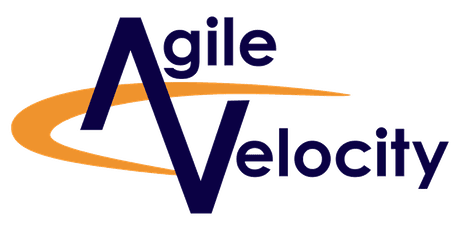If we want to define Agile Velocity, then it can be simply defined as the method of measuring the
efficiency of the agile team. For majority of the purposes, this definition
serves well however at some places, it creates confusion regarding which one to
consider while measuring the team’s velocity.
This Confusion Is Because There Are Two Ways To Define Agile Velocity:
- Agile Velocity measures the functionality a team delivers in the sprint
- Agile Velocity measures the team’s ability to convert ideas into functionality
Both may sound the same but underneath both are different.
An Example:
When you swim, you measure how much you travelled. This shows
your velocity. This means if you travelled 2 kilometers while swimming, your
velocity is 2 kilometers per hour.
But, let’s say the water in the sea was flowing at the speed
of one kilometer per hour against you while you were in. So, here, we can say
that your velocity is to swim 3 kilometers per hour. So, here the confusion
occurs: Is your velocity 2 km or 3km per hour?
As per the first definition, its 2 and as per the second
definition, its 3; this remains false if we compare Agile Velocity as per the second definition where functionality is
measured.
Here, no new functionality is delivered. So, no points are
earned. It depends on what velocity definition you are considering, whether you
take it as an idea to transform ideas into functionality or whether you see how
much they deliver within the given sprint.
For most of the teams, both of the definitions yield the
similar value. The difference lies in the values for those teams that are
involved in bug fixing or doing large amounts of refactoring.
Which one is Better?
None of the both differences is always better as compared to
the other. Both are equal on their own. What you are using for your team
depends on the purpose of measuring the velocity and what you expect your team
to do in the future.
If you wish to have the same future as it is today, then the
first method of Agile Velocity is
right for you. This means it will only show you the time your team spends in
the bug fixes. Then velocity, for you, will be a means to measure the progress.
On the other hand, if you wish to have a different future as
compared to the present, then for you, second velocity definition will apply
where you will measure the team’s ability to convert ideas into the
functionality. The velocity in your team will depend on how many ideas are
actually transformed.
In a nutshell:
From this entire discussion, note that you must be clear
with the team about the definition of Agile Velocity. Explain them what velocity means to you. So, whenever they
recall the term “velocity”, they know what it means to you.
This will help them to perform accordingly and it will also
make it easy for you to measure the team’s progress as you have now already set
the performance measurement parameters.

